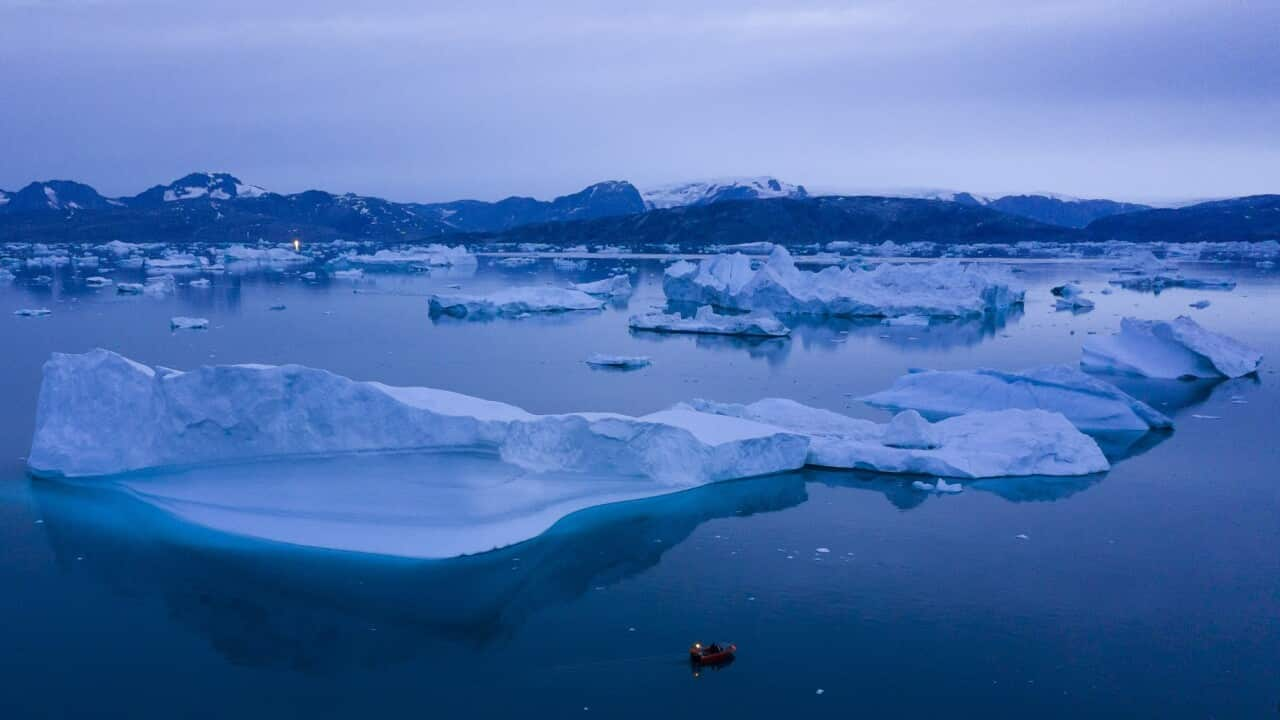TRANSCRIPT
Yabbies, dragonflies, frogs, Australian bass, lungfish, Murray Cod.
These are all species that live in freshwater habitats such as rivers and lakes.
But according to a new report, nearly one quarter of the world's freshwater species are under the threat of extinction.
The report is co-authored by over 80 scientists from around the world.
They examined over 23,000 freshwater species on the Red List of the International Union for Conservation of Nature and Natural Resources, the IUCN.
They found at least 4,200 of them are at HIGH risk of extinction, which equates to 24 per cent of freshwater animal species.
Ian Harrison is a co-author of the report and co-chair of the Fresh Water Conservation Committee at IUCN.
He says 24 per cent is a "very large" number.
"We've known for a long time that freshwater species are proportionally more highly threatened than marine and terrestrial species, because of the extent of threats and because of the fact that these threats are transferable up and down streams."
Freshwater habitats cover less than 0.01 per cent of the Earth's surface, but they support 10 per cent of the planet's animal species.
The report found pollution from agriculture and forestry is affecting over half of all threatened freshwater animals, while damming projects are also having negative impacts on the freshwater ecosystems.
Professor Harrison explains:
"When you put in a dam, the most the most obvious thing is that you're fragmenting the flow. So it means that anything that's moving up or down the river can't do that any more. And so, it means migratory species can't get to their spawning sites, for example. It also means that you're fragmenting those populations. So the upstream populations are no longer mixing with the downstream populations."
Climate change and water extraction are another two factors that lead to the high extinction risks of these threatened freshwater animals.
Professor Harrison says the problem is very likely to be worse than the report states.
"That is, we don't have enough information to say exactly how threatened they are. But the chances are that a good percentage of them are threatened. I mean, based on the other information we have, if 25% of the species we know are threatened, then we can say that probably a quarter of those data deficient species are also threatened. So the numbers of threatened species are probably higher than we really know."
The report found freshwater crustaceans - crabs, crayfish and prawns - are at the highest risk of extinction, with 30 per cent of them being threatened.
So what does this mean for Australia's freshwater habitats?
Professor Jamie Pittock, from the Australian National University, says many Australian species are also on the brink of extinction.
"In Australia, a great many of our freshwater species are highly endangered. For example, after the 2019-20 bushfires, half the animals that were threatened with extinction were freshwater animals like frogs and fish and crayfish species. We have damaged many of our river systems."
Professor Pittock says the damage of river systems is the main driver of the threats against these Australian species.
He's calling on the government to fund restoration efforts to restore the health of Australia's waterways, such as building fish ladders and rebuilding dams so they let out water at the right temperature.
Professor Pittock says now is a good time for new measures to protect Australia's longest river, with the federal government reviewing the Murray Darling Basin Plan next year.
"The Australian government has made a welcomed commitment two years ago to prevent further extinction of freshwater species, it's now really time for the federal government to back that up with more funding."













